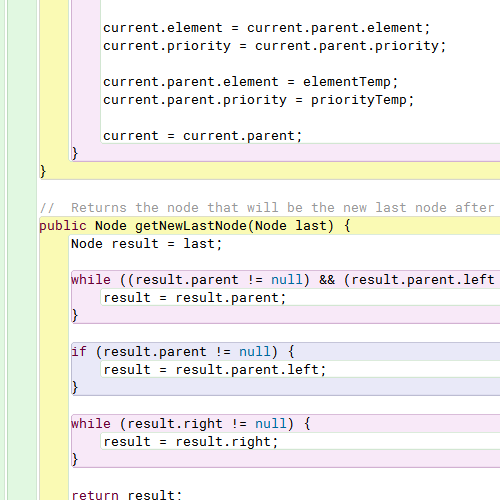

'Remove and return the lowest priority tasks.

Self._priority_finder = # mapping of priority to entriesĮntry = self._priority_finder.get(priority) Self._pq = # list of entries arranged in a heap maxsize is an integer that sets the upperbound limit on the number of items that can be placed in the queue. But those changes are easy enough to make: from heapq import heappush, heappop This implementation is a bit more complicated then what you need in that it supports the ability to change the priority of an already added task and it doesn't quite handle multiple tasks with the same priority as you would like. The element at each node of this tree is less than the elements of its two child nodes: 1 is less. Here is an example of what such a min-heap might look like: min-heap example. If your priority queue is only going to be used by a single thread, you should use the heapq module instead (which uses a list to hold the data). If you look a little further on this page, they even show how you can use a heapq to implement a priority queue. For the priority queue in this article, we use a min heap because the highest priority is the one with the lowest number (priority 1 is usually higher than priority 2). The Queue module (renamed queue in Python 3) is intended for synchronized communication between multiple threads, not as a general purpose data structure.
#Priority queue python 2.4.3. code
If you were to look at the code for queue.PriorityQueue (I did), you would see that it is based on the heappush and heappop methods of the heapq module, which implements the heap queue algorithm. It provides logarithmic time complexity for many operations, making it a popular choice for many applications. My understanding is that your end goal is to have tasks with the same priority placed on a list and returned together. Advantages of using a heap queue (or heapq) in Python: Efficient: A heap queue is a highly efficient data structure for managing priority queues and heaps in Python.


 0 kommentar(er)
0 kommentar(er)
